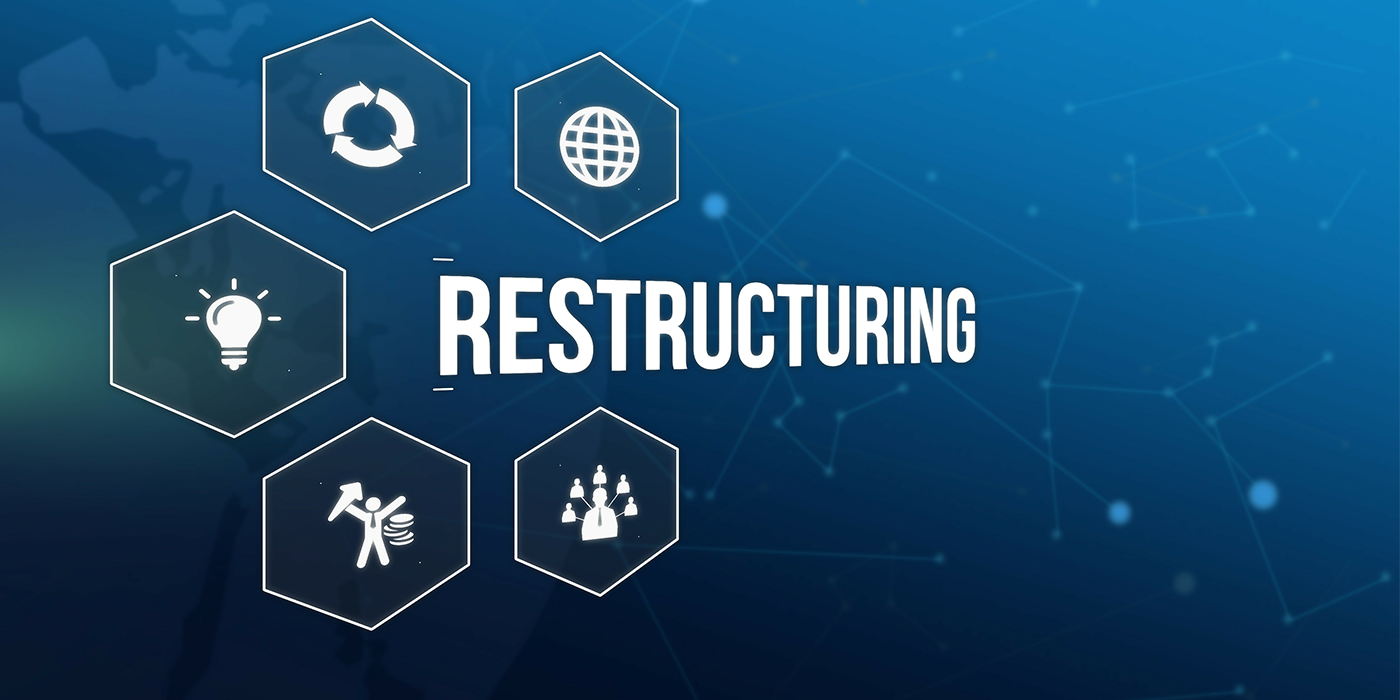With 2013 now upon us, many individuals have adopted the popular New Year’s resolution of getting in shape. While that certainly is a noble objective – and if you’re one of these individuals I hope this is the year you achieve your physical transformation goal – what about your business?
Have you ever considered the fitness level of your customer service effort? No, I’m not referring to some sort of employee exercise program. Rather, I’m asking if the employees that provide sales and service to your customers are functioning at peak per- formance.
If you haven’t given this proper consideration, you’re probably not seeing the big picture issues that are likely hurting your business performance.
Just like with personal fitness, there are many aspects to managing the well-being of a customer service effort. With personal fitness, exercising one area, say your shoulder muscles, will improve the shape and performance of that area, but will do little for the rest of your body and overall conditioning. Customer service fitness is much the same way. It’s about conditioning all the elements that make up a high quality customer service effort by executing specific strategies and techniques to improve performance and results.
In order to reach an optimal level of customer service fitness, there are certain questions that you should ask yourself to properly assess your organization. The answers will give you a clear overview of where you are succeeding and where improvements need to be made.
Here are six key questions you should be asking now to improve your business performance this year:
1) Are You Keeping Them in Peak Condition?
Do you know any professional sports teams that only play games and do not practice on a regular basis? Probably not, but this is a frequent occurrence in the tire/auto service industry. Employees show up for work (the games) and do very little, if anything, to practice and improve their skill set in between.
Sales and customer service training and skills enhancements should be ongoing processes to ensure your team is well-resourced and properly prepared to succeed.
A sales organization that is not well-trained often loses those precious sales opportunities, costing substantial dollars in lost revenues and profits. The same is true of customer service. Without a well-trained staff, you’re not maximizing customer interactions and any deficiency in this area leaves the door open for capable competitors to take the business away from you. Sales and customer service are the lifeblood of every business. No Train, No Gain!
2) What is Their Attitude?
Positive attitudes are the fuel that powers a winning team culture to drive a world-class customer service effort. It’s critical to be honest in your assessment here. Do your management and work environment contribute or detract from proper attitudes? Do your employees feel appreciated and recognized by the company?
Employee dissatisfaction can dramatically affect a company’s customer service performance and ultimately its bottom line. As I wrote in the July issue on best practices to build a winning team culture, unengaged employees don’t create engaged customers. If employees are feeling negative and underappreciated, you can rest assured that they will either directly or indirectly communicate this to your customers.
3) How Do They Sound?
This area goes hand-in-hand with employees’ attitudes. It’s often overlooked, but for effective customer communication, how we sound is actually more important than what we say. Along with appearance and body language, the voices of your employees are a significant part of the first impression and ongoing perception that a customer has of your organization.
Winning organizations sound a certain way: positive, professional, upbeat. Do your employees sound that way or do they sound bored, tired and disinterested? Make some calls to your store and find out for yourself. If you’re hearing less than pleasant, cheerful voices on the line, guess what? Your customers are, too!
4) How Do They Engage?
Whether face-to-face or on the phone, every customer-employee interaction should have a functional element and an emotional element.
The functional elements represent the business/transactional side of your customer interactions. The emotional elements are the people/relationship-building side.
Although functional components are a necessary part of customer interactions, it is the emotional aspects that cultivate relationships and create lasting loyalty to your business. All too often, tire/auto service employees rely on the functional elements and minimize, if not outright neglect, the emotional elements.
For peak customer service fitness, employee-customer interactions should have a proper balance between functional and emotional elements. Recognizing the importance of connecting with customers emotionally, world-class customer service organizations typically focus 50%-70% of their employee development and customer attention on the emotional aspects of interactions.
5) What Do They Do?
One of the leading indicators of a company’s customer service health is a consistent effort of employees to go the extra mile and consistently exceed customer expectations.
Unfortunately, quite often personnel are not exceeding expectations; they are, at best, just meeting expectations. Consumer research has shown that companies typically lose 50% of satisfied customers, and that those customers who are merely satisfied will happily leave as soon as they find a business that provides a superior experience.
As I teach in my sales and customer service training, there are three possible outcomes to every customer interaction: satisfy, dissatisfy or impress. The goal should always be to impress. Customers who are impressed are far more likely to return in the future and become a “promoter” of your business to their network of friends and family.
Ask yourself, is the service your organization provides ordinary (like your competitors) or do you truly exceed expectations and impress customers on a regular basis?
6) How Do They Manage Problems?
The true test of a business’ customer service fitness is not when things are going right, but rather what is done when things go wrong. All too often, when confronted with a customer problem, store personnel take on a defensive posture and argue against the customer’s position.
This lack of empathy and understanding rarely works to create a happy, loyal customer. The best companies recognize that, even if the customer is wrong, it is far better to agree with their feelings and concede a little now than to risk losing a customer forever – and having that person “spread the word” of their dissatisfaction with the business.
Is your organization losing customers due to ineffective management of customer complaints and problems?
In an upcoming issue, I’ll explore customer complaints in detail and how to proactively manage them to ensure you don’t jeopardize customer relationships and potentially harm the reputation of your business.
For now, happy new year and best wishes with your resolutions!
Steve Ferrante, CEO of Sale Away LLC, is the producer and host of the Pinnacle Performance sales and customer service training program for the tire/auto service industry. He can be reached at 866-721-6086 ext. 701 or [email protected].













